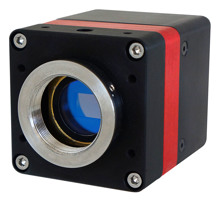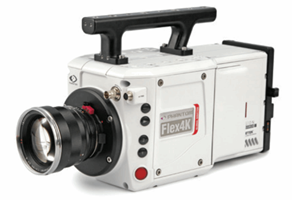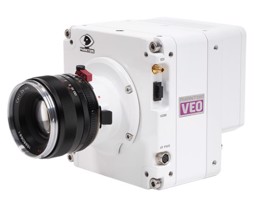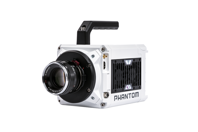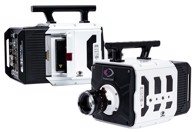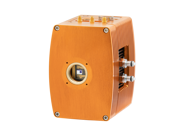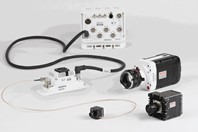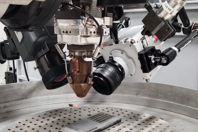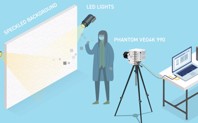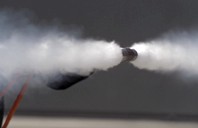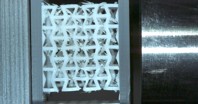High Speed Cameras
HIGH SPEED CAMERAS WHITE PAPERS AND CASE STUDIES
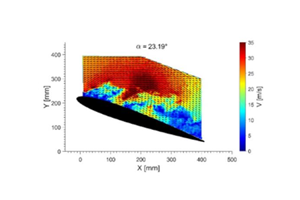





HIGH SPEED CAMERAS NEWS
-
Bright Ideas presents the most captivating news and innovations in optics and photonics. This week, we look at the discoveries made by researchers made at the Weizmann Institute of Science, Penn State University, & Kiel University, a couple of honors that were handed out, and more.
-
Vision Research introduces its Phantom T4040, surpassing the frame rate capabilities of other high-resolution, high-speed cameras and featuring an updated platform that is 50 percent lighter than the closest equivalent model.
-
Photron USA, Inc. of San Diego introduces the FASTCAM NOVA R5-4K, the world’s fastest 4K-UHD camera system that provides an ultra-high-resolution high-speed camera with excellent light sensitivity and large internal memory.
-
A leading manufacturer of digital high-speed imaging systems, Vision Research introduces the Phantom® TMX Series. These high-speed cameras are the first to feature back side illuminated (BSI) sensors, achieving up to 75 Gpx/sec and improving light sensitivity.
-
Raptor Photonics has released the Kestrel, an ultra-fast EMCCD camera, offering single photon sensitivity at KHz frame rates for under $25K. Using a cooled back-illuminated sensor, it offers ultra-high sensitivity from 350nm to 1100nm with a peak QE of 95% at 600nm.
-
Vision Research recently debuted the Phantom® Miro® N-Series, the latest addition to its line of Phantom Miro high-speed cameras. With a camera head measuring in at just 32mm x 32mm x 29mm, the Miro N-Series is the smallest model in Vision Research’s robust line of digital high-speed cameras. It was specifically designed to capture footage from locations that were never before accessible.
-
Photron, Inc. recently announced the new 32GB memory option for the FASTCAM Mini AX, FASTCAM Mini UX, and FASTCAM Mini WX High Speed Camera Systems. The new memory option is doubled at 32GB; other memory options still available are 4 GB, 8 GB, and 16 GB. Photron’s recently introduced product families are also renowned for their remarkable light sensitivity.
HIGH SPEED CAMERA VIDEOS
-
Phantom high-speed cameras enable researchers to better understand the laser-matter interaction in additive manufacturing processes.
-
Flow cytometry plays an increasingly important role in cell analysis. Modern flow cytometry, which can support cancer research and drug development, has analyzers that allow researchers to characterize the image of single cells. This characterization provides insights into a variety of key cellular phenotypes.
-
Researchers are looking to understand the efficiency of face masks as COVID-19 rages on. When you compare N95 respirators to handmade cloth coverings, not all masks are created equal. By evaluating a cough or sneeze using a high-speed imaging technique called Background Oriented Schlieren, it’s possible to study mask performance.
-
Vision Research recently helped shed light on aircraft fire extinguishing systems and satellite springs by supplying its high-speed imaging equipment and expertise to two companies. The analytic tools used were able to provide crucial information on the design and performance of aerospace devices.
-
Dr. Daniel Whisler, a member of the Impact Group at California State Long Beach and his team devised a new method to measure the dynamic response of composites in a new, colorful way. By utilizing high-speed cameras, the traditional measurement process gets an interesting spin.

